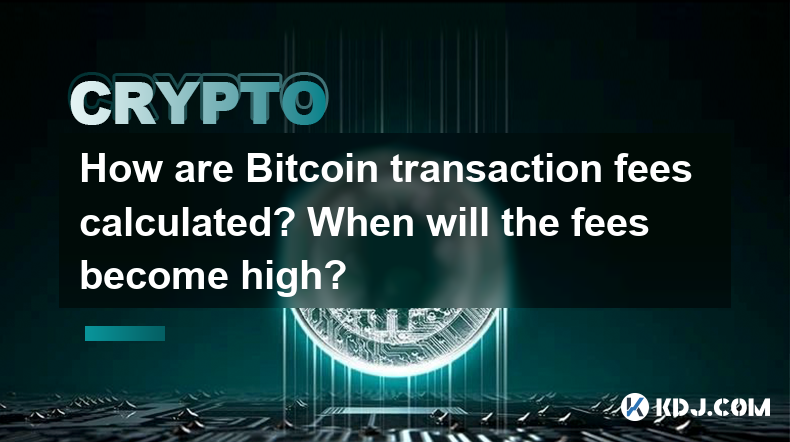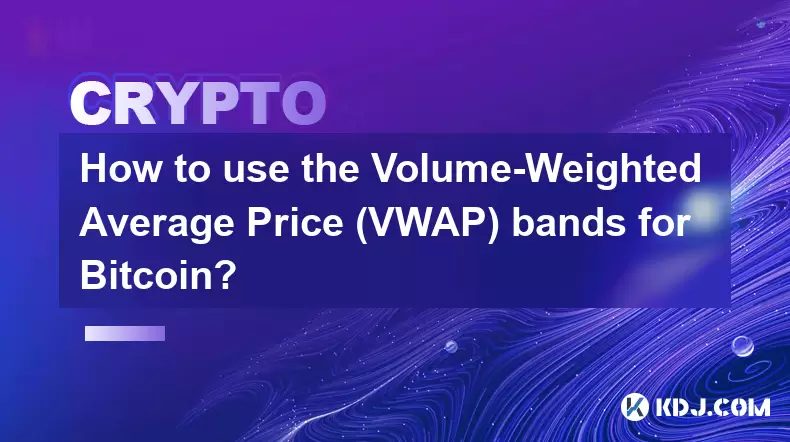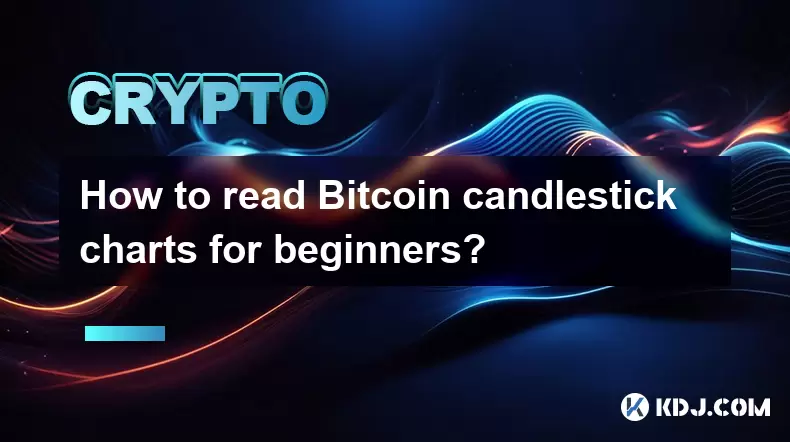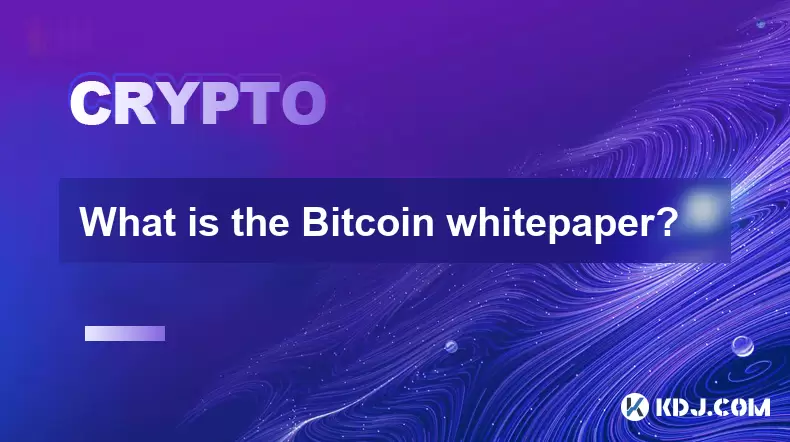-
 Bitcoin
Bitcoin $107,925.2701
-1.48% -
 Ethereum
Ethereum $2,497.5244
-3.00% -
 Tether USDt
Tether USDt $1.0003
0.00% -
 XRP
XRP $2.2210
-1.77% -
 BNB
BNB $652.7259
-0.99% -
 Solana
Solana $146.3621
-3.35% -
 USDC
USDC $0.9999
0.01% -
 TRON
TRON $0.2831
-0.98% -
 Dogecoin
Dogecoin $0.1624
-5.00% -
 Cardano
Cardano $0.5691
-4.05% -
 Hyperliquid
Hyperliquid $38.3575
-4.92% -
 Sui
Sui $2.8509
-4.98% -
 Bitcoin Cash
Bitcoin Cash $486.3924
-2.09% -
 Chainlink
Chainlink $13.0606
-4.57% -
 UNUS SED LEO
UNUS SED LEO $9.0490
0.29% -
 Avalanche
Avalanche $17.6631
-4.58% -
 Stellar
Stellar $0.2379
-1.47% -
 Toncoin
Toncoin $2.7722
-3.33% -
 Shiba Inu
Shiba Inu $0.0...01132
-4.45% -
 Litecoin
Litecoin $87.0042
-2.80% -
 Hedera
Hedera $0.1535
-3.40% -
 Monero
Monero $315.6490
-1.97% -
 Dai
Dai $0.9999
0.00% -
 Polkadot
Polkadot $3.3326
-5.82% -
 Ethena USDe
Ethena USDe $1.0001
0.00% -
 Bitget Token
Bitget Token $4.3957
-3.76% -
 Uniswap
Uniswap $6.9049
-9.33% -
 Pepe
Pepe $0.0...09601
-3.89% -
 Aave
Aave $262.2817
-6.10% -
 Pi
Pi $0.4718
-4.35%
How are Bitcoin transaction fees calculated? When will the fees become high?
Bitcoin transaction fees, crucial for miners, depend on transaction size and user-set fee rates; high demand and network congestion can drive these fees up significantly.
May 02, 2025 at 11:07 am

Bitcoin transaction fees are a crucial aspect of the cryptocurrency ecosystem, influencing the speed and priority of transactions on the blockchain. Understanding how these fees are calculated and the conditions under which they can become high is essential for users to effectively manage their transactions.
What are Bitcoin Transaction Fees?
Bitcoin transaction fees are payments made by users to incentivize miners to include their transactions in the next block. These fees are necessary because they compensate miners for the computational power and electricity used to secure the network. The fee is typically measured in satoshis per byte (sat/byte), where one satoshi is the smallest unit of bitcoin, equivalent to 0.00000001 BTC.
How are Bitcoin Transaction Fees Calculated?
The calculation of Bitcoin transaction fees involves several factors, primarily the size of the transaction in bytes and the fee rate set by the user. Here's a detailed breakdown of how these fees are determined:
Transaction Size: The size of a transaction is measured in bytes and depends on the number of inputs and outputs. Each transaction input and output adds to the total size. For example, a simple transaction with one input and one output might be around 250 bytes, while a more complex transaction with multiple inputs and outputs could be much larger.
Fee Rate: The fee rate is the amount of satoshis the user is willing to pay per byte. This rate is set by the user and can be adjusted based on how quickly they want their transaction to be processed. A higher fee rate increases the likelihood of the transaction being included in the next block.
Formula: The total fee is calculated by multiplying the transaction size (in bytes) by the fee rate (in sat/byte). For example, if a transaction is 250 bytes and the fee rate is 20 sat/byte, the total fee would be 250 * 20 = 5,000 satoshis.
Factors Influencing Bitcoin Transaction Fees
Several factors can influence the level of Bitcoin transaction fees at any given time:
Network Congestion: When the Bitcoin network experiences high volumes of transactions, miners have more transactions to choose from. This can lead to increased competition for block space, driving up fees. During periods of high demand, users may need to pay higher fees to ensure their transactions are processed quickly.
Block Size Limit: The Bitcoin blockchain has a block size limit of 1 MB, which means only a certain number of transactions can be included in each block. When the number of pending transactions exceeds the capacity of the blocks, fees can rise as users bid to get their transactions prioritized.
Miner Preferences: Miners have the discretion to choose which transactions to include in a block based on the fees offered. They typically prioritize transactions with higher fees to maximize their revenue, which can lead to higher overall fees during periods of high demand.
When Will Bitcoin Transaction Fees Become High?
Bitcoin transaction fees can become high under specific conditions, primarily driven by network demand and congestion:
High Transaction Volume: During times of increased usage, such as major market movements or when large numbers of users are transacting, the network can become congested. This congestion leads to higher fees as users compete for limited block space.
Market Events: Significant events in the cryptocurrency market, such as major price fluctuations or the launch of new projects, can lead to a surge in transaction volume. For example, during a bull market, more users might be buying and selling Bitcoin, leading to higher fees.
Seasonal Trends: Certain times of the year, such as holidays or the end of the financial year, can see increased transaction activity, pushing fees higher. This is often due to a combination of increased consumer spending and speculative trading.
Network Upgrades: Occasionally, network upgrades or changes in the protocol can lead to temporary spikes in fees. This is usually due to increased activity as users and miners adjust to the new rules.
Strategies to Manage Bitcoin Transaction Fees
Users can employ several strategies to manage and potentially reduce their Bitcoin transaction fees:
Adjusting Fee Rates: Users can manually set their fee rates based on current network conditions. Tools like Bitcoin fee estimators can help determine an appropriate fee rate to ensure timely processing without overpaying.
Using SegWit: Segregated Witness (SegWit) is an upgrade to the Bitcoin protocol that allows for more efficient use of block space, effectively reducing transaction sizes and fees. Using SegWit-enabled wallets can help lower fees.
Batching Transactions: Combining multiple transactions into a single one can reduce the total fee. This is particularly useful for businesses or individuals who frequently send small amounts of Bitcoin.
Timing Transactions: Avoiding peak times of network congestion can help keep fees lower. Monitoring network activity and planning transactions during off-peak hours can be beneficial.
Frequently Asked Questions
Q: Can Bitcoin transaction fees be zero?
A: While it is theoretically possible to set a transaction fee to zero, such transactions are unlikely to be processed by miners, as they offer no incentive. Miners prioritize transactions with higher fees to maximize their revenue, so transactions with zero fees may remain unconfirmed for an extended period or indefinitely.
Q: How do transaction fees affect the security of the Bitcoin network?
A: Transaction fees play a crucial role in the security of the Bitcoin network. They incentivize miners to continue validating transactions and securing the network, especially as the block reward from newly minted bitcoins decreases over time. Higher fees can lead to increased miner participation, enhancing the network's security.
Q: Are there any alternatives to paying high Bitcoin transaction fees?
A: Yes, there are several alternatives to managing high Bitcoin transaction fees. Users can consider using other cryptocurrencies with lower fees, such as Bitcoin Cash or Litecoin, for smaller transactions. Additionally, layer-two solutions like the Lightning Network can facilitate faster and cheaper transactions off the main Bitcoin blockchain.
Q: How do I estimate Bitcoin transaction fees before sending a transaction?
A: To estimate Bitcoin transaction fees, users can use online fee estimators provided by services like BitcoinFees, BitInfoCharts, or directly through their wallet software. These tools analyze current network conditions and suggest appropriate fee rates to ensure timely transaction processing.
Disclaimer:info@kdj.com
The information provided is not trading advice. kdj.com does not assume any responsibility for any investments made based on the information provided in this article. Cryptocurrencies are highly volatile and it is highly recommended that you invest with caution after thorough research!
If you believe that the content used on this website infringes your copyright, please contact us immediately (info@kdj.com) and we will delete it promptly.
- Bitcoin's Pattern Break: Are HODLers the Key to the Next Surge?
- 2025-07-04 18:50:12
- Bitcoin Price, Trump's Bill, and the $150K Dream: A NYC Take
- 2025-07-04 19:50:12
- Ethereum, LILPEPE, and the July Bounce: Will Pepe Steal ETH's Thunder?
- 2025-07-04 19:10:12
- Binance Institutional Loans: Unlocking 4x Leverage and Zero Interest for Whales
- 2025-07-04 19:15:12
- Bitcoin Bull Run: Analysts Eye Peak in Late 2025?
- 2025-07-04 19:20:13
- Pepe Indicators, Bullish Forecast: Can the Meme Coin Rally?
- 2025-07-04 19:25:12
Related knowledge

What is the Woodies CCI indicator and can it be used for Bitcoin?
Jul 04,2025 at 05:14pm
Understanding the Woodies CCI IndicatorThe Woodies CCI indicator is a variation of the traditional Commodity Channel Index (CCI), which was originally developed by Donald Lambert. The standard CCI measures the current price level relative to an average price over a given period, typically 14. However, the Woodies version modifies this calculation to mak...

How to use the Volume-Weighted Average Price (VWAP) bands for Bitcoin?
Jul 04,2025 at 04:28pm
Understanding the Basics of VWAP BandsThe Volume-Weighted Average Price (VWAP) is a key metric used in trading to determine the average price at which an asset, such as Bitcoin, has traded throughout the day. It takes into account both volume and price, making it more reliable than a simple moving average. VWAP bands are essentially standard deviation c...

What is the VWAP indicator and how to use it for Bitcoin?
Jul 04,2025 at 05:28pm
Understanding the VWAP IndicatorThe VWAP (Volume Weighted Average Price) is a technical analysis tool used to determine the average price a cryptocurrency has traded at throughout the day, based on both volume and price. It provides traders with insights into the true average value of an asset by giving more weight to periods where trading volume was hi...

How to read Bitcoin candlestick charts for beginners?
Jul 04,2025 at 11:22am
Understanding the Basics of Candlestick ChartsCandlestick charts are a popular tool used in cryptocurrency trading to analyze price movements. Each candlestick represents a specific time period, such as one minute, five minutes, or even one day. For beginners, understanding how to interpret these charts is crucial for making informed trading decisions. ...

What is the role of Satoshi Nakamoto in Bitcoin?
Jul 04,2025 at 03:14am
Who is Satoshi Nakamoto?Satoshi Nakamoto is the pseudonymous individual or group responsible for creating Bitcoin, the world's first decentralized digital currency. Despite extensive research and speculation, the true identity of Satoshi Nakamoto remains unknown. The name was used in communications related to the development and release of the Bitcoin w...

What is the Bitcoin whitepaper?
Jul 04,2025 at 01:42am
What is the Bitcoin Whitepaper?The Bitcoin whitepaper is a foundational document published in 2008 by an individual or group using the pseudonym Satoshi Nakamoto. Titled 'Bitcoin: A Peer-to-Peer Electronic Cash System', it outlines the theoretical framework and technical specifications for creating a decentralized digital currency. This paper introduced...

What is the Woodies CCI indicator and can it be used for Bitcoin?
Jul 04,2025 at 05:14pm
Understanding the Woodies CCI IndicatorThe Woodies CCI indicator is a variation of the traditional Commodity Channel Index (CCI), which was originally developed by Donald Lambert. The standard CCI measures the current price level relative to an average price over a given period, typically 14. However, the Woodies version modifies this calculation to mak...

How to use the Volume-Weighted Average Price (VWAP) bands for Bitcoin?
Jul 04,2025 at 04:28pm
Understanding the Basics of VWAP BandsThe Volume-Weighted Average Price (VWAP) is a key metric used in trading to determine the average price at which an asset, such as Bitcoin, has traded throughout the day. It takes into account both volume and price, making it more reliable than a simple moving average. VWAP bands are essentially standard deviation c...

What is the VWAP indicator and how to use it for Bitcoin?
Jul 04,2025 at 05:28pm
Understanding the VWAP IndicatorThe VWAP (Volume Weighted Average Price) is a technical analysis tool used to determine the average price a cryptocurrency has traded at throughout the day, based on both volume and price. It provides traders with insights into the true average value of an asset by giving more weight to periods where trading volume was hi...

How to read Bitcoin candlestick charts for beginners?
Jul 04,2025 at 11:22am
Understanding the Basics of Candlestick ChartsCandlestick charts are a popular tool used in cryptocurrency trading to analyze price movements. Each candlestick represents a specific time period, such as one minute, five minutes, or even one day. For beginners, understanding how to interpret these charts is crucial for making informed trading decisions. ...

What is the role of Satoshi Nakamoto in Bitcoin?
Jul 04,2025 at 03:14am
Who is Satoshi Nakamoto?Satoshi Nakamoto is the pseudonymous individual or group responsible for creating Bitcoin, the world's first decentralized digital currency. Despite extensive research and speculation, the true identity of Satoshi Nakamoto remains unknown. The name was used in communications related to the development and release of the Bitcoin w...

What is the Bitcoin whitepaper?
Jul 04,2025 at 01:42am
What is the Bitcoin Whitepaper?The Bitcoin whitepaper is a foundational document published in 2008 by an individual or group using the pseudonym Satoshi Nakamoto. Titled 'Bitcoin: A Peer-to-Peer Electronic Cash System', it outlines the theoretical framework and technical specifications for creating a decentralized digital currency. This paper introduced...
See all articles

























































































